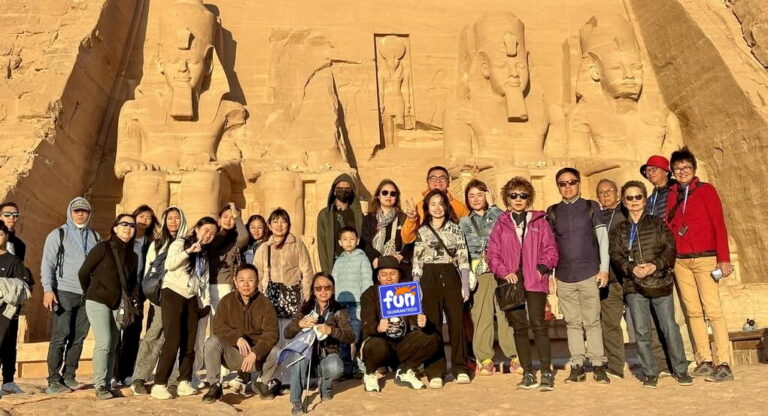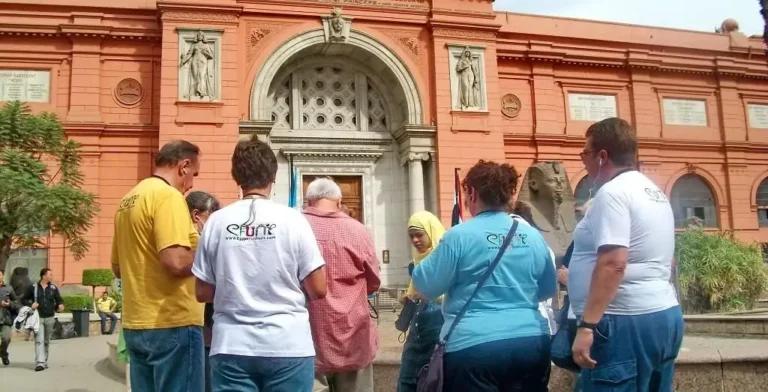The Battle of Megiddo
This battle of Megiddo was fought between Egyptian forces commanded by Pharaoh Thutmose III and a rebellious alliance of Canaanite vassal kingdoms led by the king of Kadesh. The Battle of Megiddo is the first fight to be recorded in full. Megiddo also saw the first composite bow and the first body count. The battle’s specifics originate from Egyptian sources, particularly Tjaneni’s hieroglyphic writings on the Hall of Annals in the Temple of Amun-Re at Karnak Temple Complex.
This battle of Megiddo took place on the 21st day of the first month of the third season of Thutmose III’s reign. According to the Middle Chronology, this was April 16, 1457 BC, although other sources place it in 1482 BC or 1479 BC. The Egyptians routed the Canaanite army, which fled to Megiddo for safety. Their actions caused the long Megiddo Siege. Thutmose III began his reign by restoring Egyptian control in the Levant. Pharaoh Thutmose III expanded the Egyptian Empire’s long-standing influence in the Levant. He responded promptly to an uprising of local rulers near Kadesh in modern-day Syria after the Egyptian Pharaoh Hatshepsut had ended his regency.
As Egyptian buffer provinces along the Hittite border tried to alter their vassalage, Thutmose III dealt with it directly. The Canaanites were associated with the Mitanni and Amurru from the area between the Orontes and the Jordan. The King of Kadesh was the major driver of this uprising. The formidable Kadesh castle guarded him and the city. Megiddo’s King joined the coalition with an equal castle. Megiddo’s strategic location on the southwestern border of the Jezreel Valley, beyond the Mount Carmel range and the Mediterranean, was vital. Megiddo commanded the Via Maris, the primary Egyptian-Mesopotamian trading route.


























